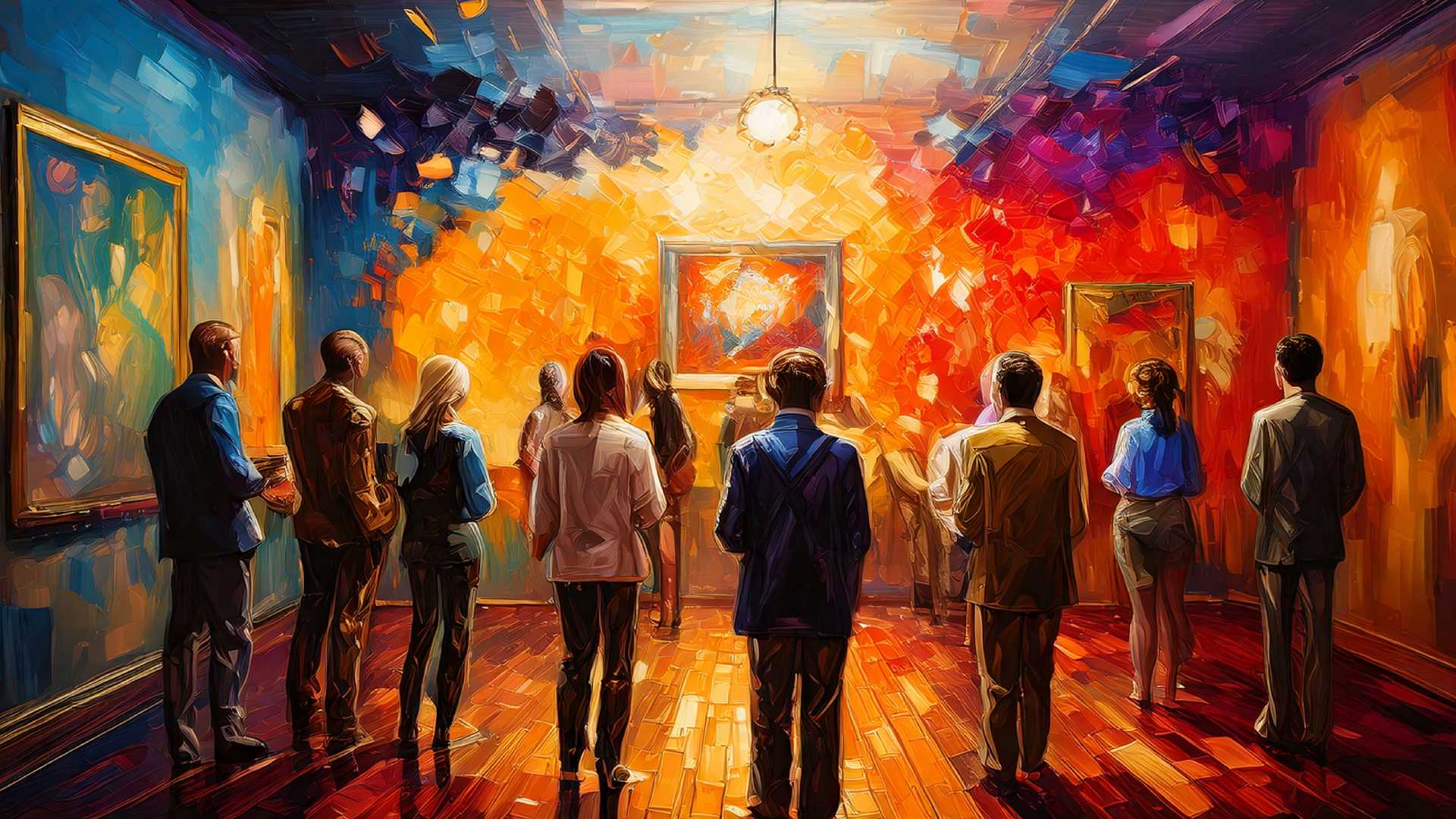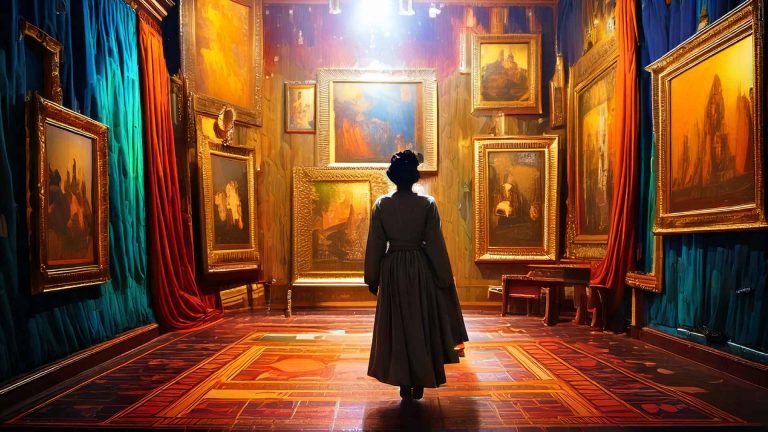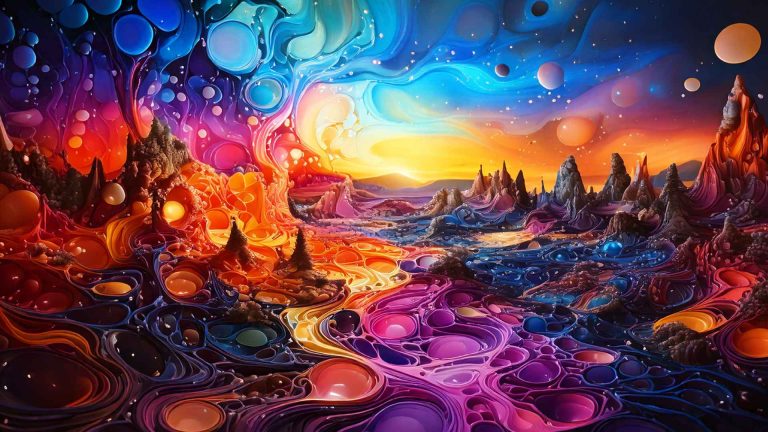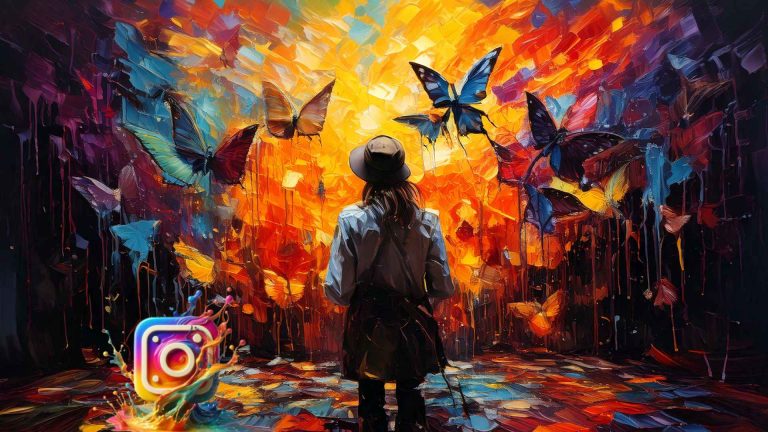How consciousness transforms creativity and connection
Read time 1 minute 40 seconds
In today’s art world, consciousness is more than a lofty ideal—it’s a skill, a practice, and a powerful tool for connection. Increasingly, being “conscious” is understood as the ability to observe. And this isn’t just about looking at something—it’s about how you look, and the depth of awareness you bring to the experience.
Observation begins with the senses. The first encounter with an artwork might be purely visual—a striking shape, a texture that feels alive, a palette that stops us in our tracks. This kind of perception is immediate and visceral, the spark that draws us closer. It’s the reason we stop in front of one artwork but breeze past another.
But art invites us to go further. Once we spend time with a work, observation deepens into reflection. We connect what we see with memory, knowledge, or cultural context. A bold abstract form might remind us of architecture, while a figurative painting may stir personal stories or collective histories. Here, consciousness shifts from surface perception to deeper interpretation. Art begins to live inside us, meaning is layered on top of perception.
At its highest level, observation unlocks something extraordinary: insight. These are the “aha” moments when a painting triggers a forgotten memory, or a surprising composition reframes how we see the world. Art doesn’t just reflect reality—it transforms it, and invites us to connect dots we didn’t even know were related.
Artists rely on this capacity to observe at every level. It drives not just the creation of work, but the sharpening of awareness that fuels intentional expression. For audiences, it becomes a call to move past passive looking and engage in a deeper, more rewarding conversation with art.
In a fast-moving world filled with fleeting images, the act of slowing down to observe becomes a rare and valuable practice. For artists, it is a discipline that sharpens vision and fuels creativity. For audiences, it is an invitation to engage, discover, and connect. Art trains us to slow down, to see differently, and to recognize the connections that spark creativity and meaning.
That’s why art matters today: it expands our consciousness. It reminds us that every glance can be more than a glance—it can be perception, analysis, and revelation rolled into one. Observation, in the end, is not passive. It’s the most active, transformative way of engaging with the world.



